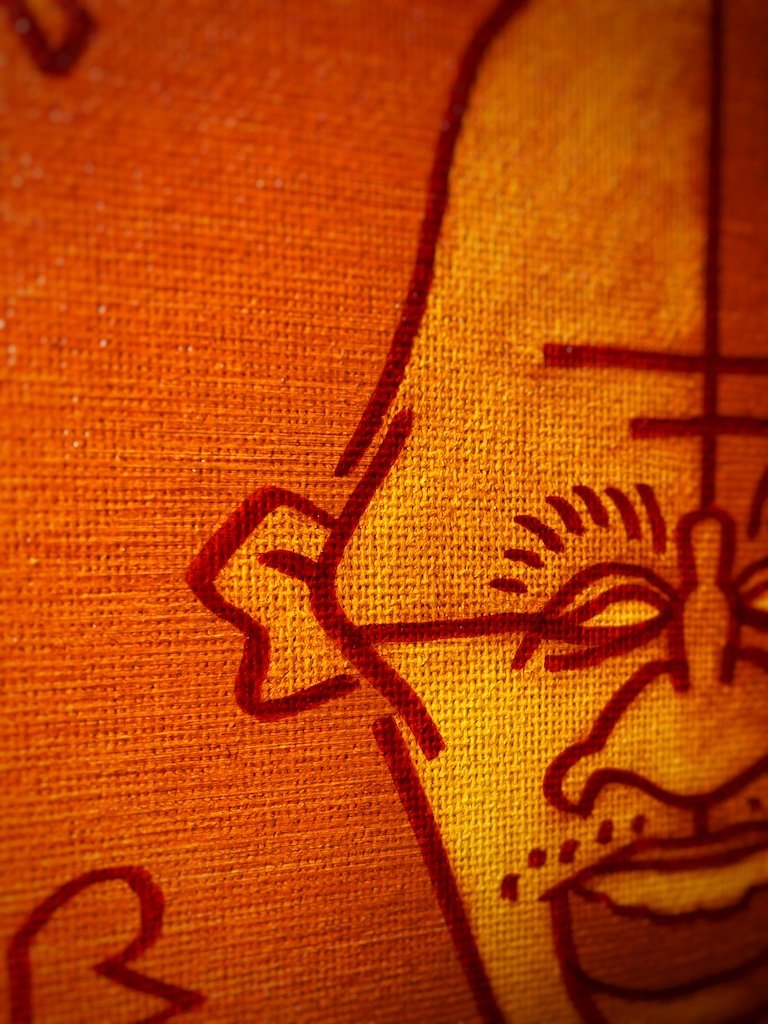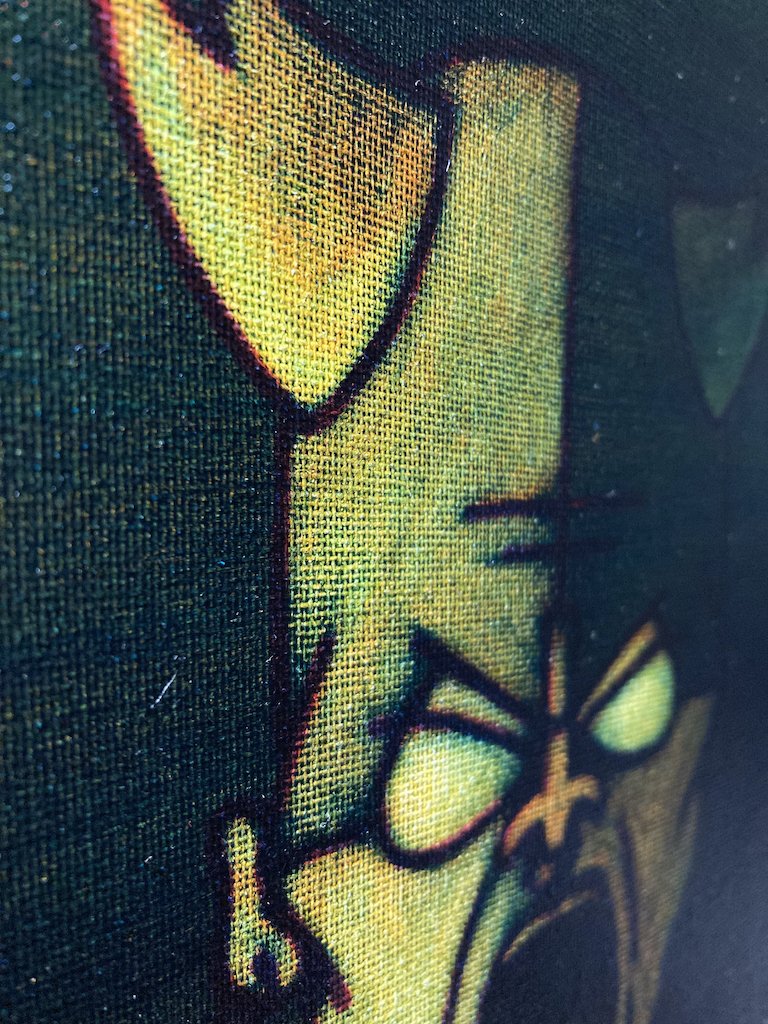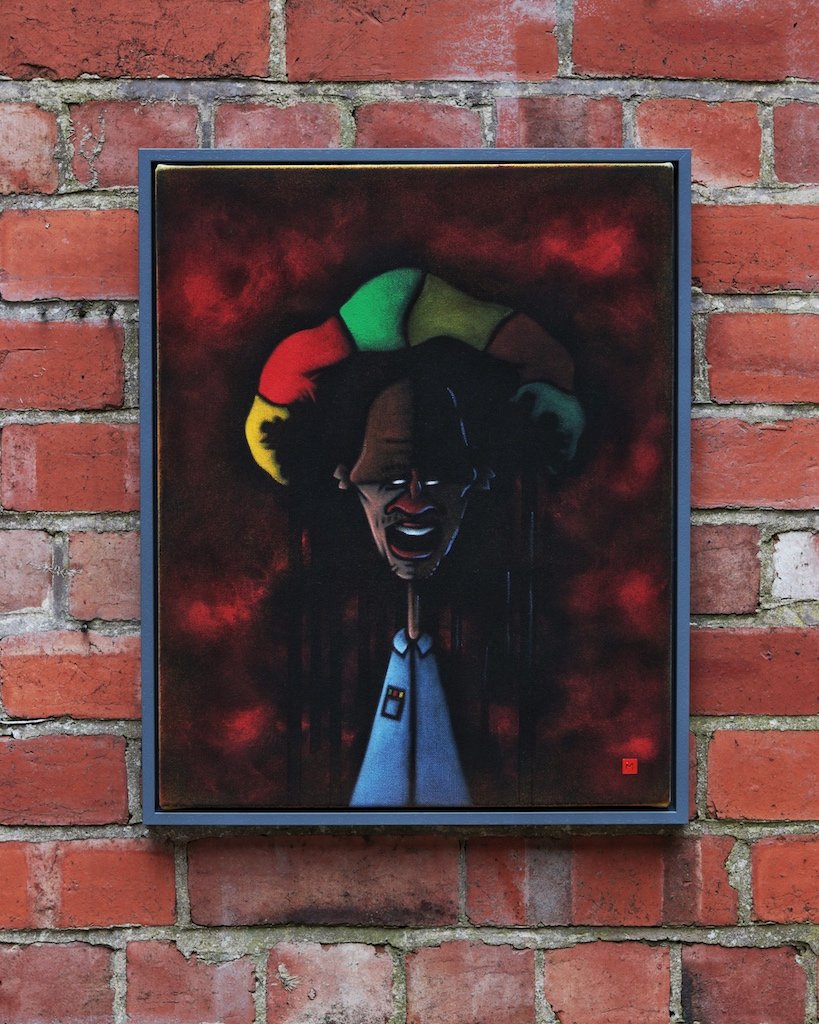Focus on Burnt Sienna
Let me tell you about Burnt Sienna - why I love it and how I use it. It is a warm reddish-brown colour that is a popular pigment throughout the history of art. Burnt Sienna is an earth pigment or tone containing iron oxide, and is created by heating Raw Sienna at high temperatures, which alters the chemical composition and gives it a deeper, richer colour.
I use a lot of Winsor & Newton oil paints and their Burnt Sienna is magical stuff.
It is a widely used pigment and colour among artists for a range of reasons:
Warmth & Depth: its warm, reddish-brown tones can bring a sense of warmth and depth to paintings that contrasts very well with cooler colours
Versatility: it is a versatile pigment that can be used on its own or mixed with other colours to create a wide range of hues, including many flesh tones. It can be used in landscapes, portraits, still life, and abstract works, making it suitable for various subjects and styles
Glazing & Layering: it is an excellent colour for glazing techniques. As a transparent pigment, it can be applied as a glaze over dried layers of paint to modify and enrich the colours underneath. This technique allows for the creation of luminosity, depth, and subtle colour variations
Timeless & Reliable: it has been used by artists for centuries and continues to be a popular choice today. Its timeless appeal and association with traditional painting make it a reliable and classic option in your toolbox
Cheap: pretty obvious but given how useful and vibrant it is, this is an even bigger deal!
I primarily use it for underpainting because it dries reasonably quickly, as well as immediately giving a lot of warmth, depth and contrast. It gives me lots of information for subsequent layers of paint. I also use it a lot for skin tones and adding depth on top of opaque skin tones (but I usually scrub it back).
Using Burnt Sienna for an underpainting helps establish the values, tone and contrast very quickly. Even at this early stage you have something that looks like a painting and contains a lot of information for the next layers.
To make an opaque flesh tone using Burnt Sienna, you can mix it with other colours. Here are some basic recipes to create a range of flesh tone:
By adding Prussian Blue over the top of Burnt Sienna as an additional underpainting layer, you get even more depth and variety in colour. The contrast between cool and warm areas is quite significant - this is one of my favourite stages of painting!
Starting with Burnt Sienna as your base colour
Add a small amount of Titanium White to lighten the mixture - this will give it opacity and create a lighter value
To create a warmer flesh tone, you can add a touch of Yellow Ochre or Cadmium Yellow
To create a pinker flesh tone, you can add a tiny amount of Cadmium Red or Alizarin Crimson - be cautious with these colours, they have a very high tinting strength
For cooler flesh tones or to create shadows, you can introduce a small amount of Ultramarine Blue, Prussian Blue or Raw Umber - they neutralise the warmth and add depth
Mixed with a little bit of Titanium White, this transparent pigment can look and work very different to the earlier layers
As well as using it for opaque flesh tones and glazing, I use a variation of the fifth item on the list above at an early stage of my painting process.
Rather than mixing the pigments or colours together, I use two layers of underpainting and scrub away at each layer. This then leaves areas of mainly Burnt Sienna, which are brighter, warmer and normally lighter contrasting with darker and cooler areas, where the Prussian Blue is more dominant. I say it often, but this is my favourite part of the painting process.
Burnt Sienna is so wonderful that a range of modern artists and painters use it in a range of ways, as do I. These include: Andrew Wyeth, David Hockney and Jenny Saville.
Ultimately, the decision to use this pigment or colour depends on your personal artistic vision, the subject matter you are working with, and the specific effects you wish to achieve - I would still highly recommend it because I would not be able to make art the way I do without it!
It was good enough for da Vinci and Michelangelo, so it’s good enough for me!
I try and make sure that the early stages of my paintings still show in the final piece and in this sense, Burnt Sienna unifies them and helps keep them warm, vibrant and luminous



